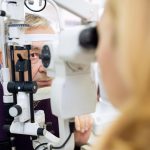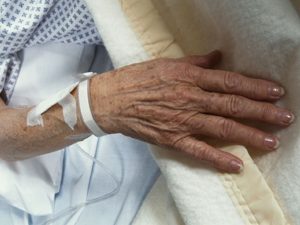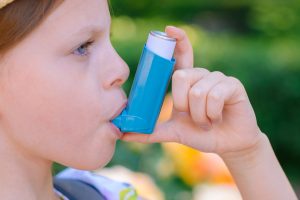
One way to get real peace of mind: Start doing something creative. Americans who engage in creative activities — from crafting to playing the piano to painting — report better mental health, according to a new poll from the American Psychiatric Association. “We live in stressful times, and sometimes our jobs and responsibilities can drain our energy and our mental health,” said APA President Dr. Petros Levounis. “Creative activities aren’t just for fun, they can help us take a step back from the daily grind, use our brains differently, and relax. Picking up that paintbrush or solving a tricky puzzle can truly move us to a different mindset,” Levounis said in an APA news release. About 46% of American adults say they use creative activities to relieve stress or anxiety. Those who rate their own mental health as “very good” or “excellent” tend to participate in this kind of creative fun more than those who say their mental health is “fair” or “poor,” according to the Healthy Minds Monthly Poll. This poll was conducted in June among 2,202 adults. Things are looking up: About 77% of American adults said their current mental health was good or better, compared to 63% in early 2023. Of those reporting very good or excellent mental health, about 7 in 10 engaged in creative activities, compared to 50% of adults… read on > read on >






































